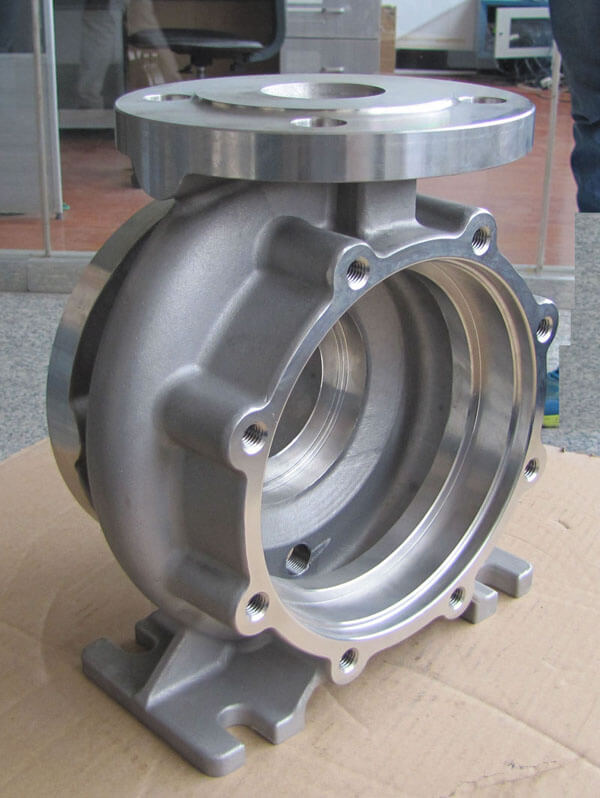As casting professionals, it is crucial for us to understand the distinctions between 18-8 stainless steel, 304 stainless steel, and 316-grade stainless steel.
In order to simplify this information for you, we will delve into the intricacies of each of these three distinct grades.
By doing so, we aim to provide you with a comprehensive understanding of the characteristics and applications associated with each stainless steel grade.
Contents
18-8 Stainless Steel
18-8 stainless steel, also known as 304-grade stainless steel, is composed of approximately 18% chromium and 8% nickel, with the remaining composition being primarily iron and a few other elements.
This versatile and extensively utilized austenitic stainless steel demonstrates exceptional resistance to both corrosion and oxidation, ensuring long-lasting durability.
It can be easily fabricated and comes in a range of appearances and finishes.
Compared to the 400 series, 18-8 stainless steel exhibits superior corrosion resistance, and although it cannot be hardened through heat treatment, it is non-magnetic.
Chemical Composition of 18-8 Stainless Steel:
| Element | Composition (%) |
|---|---|
| Carbon (C) | <0.08% |
| Manganese (Mn) | <2.00% |
| Phosphorus (P) | <0.045% |
| Sulfur (S) | <0.030% |
| Silicon (Si) | <1.00% |
| Chromium (Cr) | 17.5-19.5% |
| Nickel (Ni) | 8.0-10.5% |
| Nitrogen (N) | <0.10% |
| Iron (Fe) | Balance |
| Other Elements | Traces (e.g., copper, molybdenum) |
Stainless steel is a versatile material widely used in various industries due to its exceptional corrosion resistance and durability.
One of the most common stainless steel grades is 18-8 stainless steel, also known as 304-grade stainless steel.
In this article, we will delve into the chemical composition of 18-8 stainless steel, shedding light on its elemental makeup and how it contributes to its remarkable properties.
Composition Breakdown:
The chemical composition of 18-8 stainless steel is meticulously engineered to achieve its desired characteristics.
Let’s examine the key elements that constitute this stainless steel grade:
- Carbon (C): With a maximum content of less than 0.08%, carbon in 18-8 stainless steel is intentionally kept low. This helps maintain its corrosion resistance and prevents the formation of harmful carbides.
- Manganese (Mn): With a content of less than 2.00%, manganese enhances the structural integrity of the stainless steel and aids in reducing the risk of brittleness during fabrication processes.
- Phosphorus (P) and Sulfur (S): These elements are present in minimal amounts, with phosphorus typically being less than 0.045% and sulfur less than 0.030%. Their controlled levels help ensure the desired mechanical properties and improve machinability.
- Silicon (Si): Silicon is present in a maximum amount of less than 1.00%. It enhances the strength and workability of 18-8 stainless steel while contributing to its resistance against oxidation.
- Chromium (Cr): This is a critical component of stainless steel, comprising 17.5-19.5% of the composition in 18-8 stainless steel. Chromium forms a protective chromium-oxide layer on the surface of the steel, which acts as a barrier against corrosion and gives stainless steel its stainless properties.
- Nickel (Ni): Nickel content ranges from 8.0-10.5% in 18-8 stainless steel. It improves the steel’s resistance to corrosion, especially in harsh environments. Nickel also enhances the material’s ductility and makes it suitable for forming and shaping processes.
- Nitrogen (N): Present in minimal amounts (typically less than 0.10%), nitrogen contributes to the strength and stability of 18-8 stainless steel.
- Iron (Fe): The remaining composition of 18-8 stainless steel is primarily iron, forming the base of the alloy.
Other Trace Elements:
In addition to the key elements mentioned above, 18-8 stainless steel may contain trace amounts of other elements like copper and molybdenum.
These elements are often present in smaller quantities but can influence specific properties of the stainless steel grade.
Understanding the chemical composition of 18-8 stainless steel provides valuable insights into its remarkable properties and applications.
By carefully balancing the percentages of carbon, manganese, phosphorus, sulfur, silicon, chromium, nickel, nitrogen, and iron, this stainless steel grade achieves its non-magnetic nature, resistance to heat treatment, formation of a protective oxide layer, and excellent rust resistance.
The meticulous composition makes 18-8 stainless steel a reliable and versatile choice for various industrial and commercial applications where durability and corrosion resistance are essential.
Advantages and Disadvantages of 18-8 Stainless Steel
Advantages of 18-8 stainless steel:
- Excellent Corrosion Resistance: One of the major advantages of 18-8 stainless steel is its outstanding resistance to corrosion. The high chromium content forms a protective layer on the surface, preventing rust and corrosion even in harsh environments.
- Versatility: 18-8 stainless steel is highly versatile and finds applications in various industries. Its excellent corrosion resistance, durability, and aesthetic appeal make it suitable for a wide range of uses, including kitchen appliances, automotive components, construction, and more.
- Non-Magnetic: 18-8 stainless steel is non-magnetic, making it ideal for applications where magnetism can interfere with sensitive equipment or electronic devices.
- Ease of Fabrication: This stainless steel grade is relatively easy to fabricate, including cutting, welding, and forming. It can be shaped into different structures or components without significant difficulty.
- Aesthetic Appeal: With its bright, clean, and polished appearance, 18-8 stainless steel offers an aesthetically pleasing option for various applications. It can be finished to achieve different surface textures or mirror-like finishes.
Disadvantages of 18-8 stainless steel:
- Limited Heat Treatment Options: 18-8 stainless steel cannot be hardened through heat treatment. Its mechanical properties are primarily achieved through cold working or strain hardening processes. This limitation can affect its suitability for certain high-stress applications that require specific hardness levels.
- Lower Strength than Some Other Stainless Steel Grades: Compared to some other stainless steel grades, such as the 300 series or duplex stainless steels, 18-8 stainless steel may have slightly lower strength and resistance to extreme temperatures. This should be considered when selecting materials for high-stress or high-temperature applications.
- Vulnerability to Chloride Attack: While 18-8 stainless steel demonstrates excellent general corrosion resistance, it may be susceptible to chloride attack in certain environments, such as coastal areas or exposure to chloride-containing solutions. Proper consideration and preventive measures should be taken in such cases.
- Cost: Depending on market conditions and availability, 18-8 stainless steel may be relatively more expensive compared to some other stainless steel grades due to its specific composition and properties. This can impact the overall cost of projects or products that rely on this grade.
18-8 stainless steel offers numerous advantages, including exceptional corrosion resistance, versatility, non-magnetic properties, ease of fabrication, and aesthetic appeal.
However, it is essential to consider its limitations, such as limited heat treatment options, relatively lower strength compared to certain other grades, vulnerability to chloride attack, and potential cost implications.
By carefully evaluating these factors, one can make informed decisions regarding the use of 18-8 stainless steel in various applications.
18-8 stainless steel is renowned for its exceptional corrosion resistance, although it may exhibit signs of corrosion when exposed to chlorides like salt.
Consequently, it is not the most suitable choice for marine applications where exposure to such elements is prevalent.
On the flip side, 18-8 stainless steel possesses excellent properties for bending and molding without compromising its strength and durability.
Moreover, this type of stainless steel is cost-effective and requires minimal maintenance, making it a practical option in various applications.
Applications of 18-8 Stainless Steel:
- Kitchen Appliances: 18-8 stainless steel is commonly used in the manufacturing of kitchen appliances, such as sinks, cookware, and utensils. Its corrosion resistance, hygienic properties, and aesthetic appeal make it an ideal choice for these applications.
- Automotive Components: This stainless steel grade finds application in the automotive industry for various components, including exhaust systems, trim, and decorative elements. Its durability, resistance to oxidation, and ability to withstand exposure to harsh weather conditions make it suitable for these applications.
- Construction and Architecture: 18-8 stainless steel is utilized in construction and architecture for structural elements, handrails, decorative facades, and fixtures. Its corrosion resistance, strength, and attractive appearance make it a popular choice in both residential and commercial buildings.
- Medical and Pharmaceutical Equipment: Due to its excellent corrosion resistance and hygienic properties, 18-8 stainless steel is widely used in medical and pharmaceutical equipment. It is employed in surgical instruments, medical implants, laboratory equipment, and pharmaceutical manufacturing tools.
- Food Processing and Brewing: The food processing and brewing industries rely on 18-8 stainless steel for its corrosion resistance, easy cleanability, and non-reactive nature. It is used in food storage tanks, brewing equipment, piping, and fittings to ensure the safety and integrity of food and beverage products.
- Aerospace Applications: 18-8 stainless steel is utilized in various aerospace applications, including aircraft components, fuel tanks, and fasteners. Its strength, resistance to corrosion, and ability to withstand extreme temperatures make it suitable for the demanding conditions of aerospace engineering.
- Chemical and Petrochemical Industry: This stainless steel grade is employed in the chemical and petrochemical industry for storage tanks, pipelines, and equipment exposed to corrosive substances. Its corrosion resistance and durability ensure the safe handling and storage of chemicals.
- Electrical and Electronics: 18-8 stainless steel is used in electrical and electronics applications where corrosion resistance and non-magnetic properties are required. It finds use in electrical enclosures, connectors, and components in various electronic devices.
- Jewelry and Watchmaking: The aesthetic appeal and corrosion resistance of 18-8 stainless steel make it a popular choice for jewelry and watchmaking. It offers an affordable alternative to precious metals while maintaining a sleek and polished appearance.
- General Manufacturing: 18-8 stainless steel is utilized in various general manufacturing applications, including fasteners, springs, valves, and pumps. Its versatility, corrosion resistance, and ease of fabrication make it suitable for a wide range of manufacturing processes.
These are just a few examples of the diverse applications of 18-8 stainless steel.
Its unique combination of properties makes it a versatile material across multiple industries, where corrosion resistance, durability, and aesthetic appeal are crucial factors.
 304 Grade Stainless Steel
304 Grade Stainless Steel
304 grade stainless steel is a widely used and versatile stainless steel alloy that belongs to the austenitic family.
It is also known as 18-8 stainless steel due to its composition of approximately 18% chromium and 8% nickel.
The remaining portion primarily consists of iron, along with trace amounts of other elements.
This stainless steel grade is renowned for its exceptional corrosion resistance, making it suitable for various applications in different industries.
It exhibits excellent resistance to atmospheric corrosion, oxidation, and many corrosive environments, including chemicals, acids, and alkaline solutions.
This corrosion resistance is attributed to the formation of a protective chromium-oxide layer on the surface, which acts as a barrier against corrosive agents.
Furthermore, 304 stainless steel offers impressive mechanical properties, including good strength and ductility.
It can be easily formed, welded, and fabricated, making it a popular choice for a wide range of manufacturing processes. Its versatility allows for the creation of complex shapes and structures while retaining its structural integrity.
In addition to its corrosion resistance and ease of fabrication, 304 stainless steel also exhibits hygienic properties, making it suitable for applications in the food processing, medical, and pharmaceutical industries.
It is non-porous and easy to clean, making it resistant to bacterial growth and ensuring the safety and purity of products.
Another notable characteristic of 304 stainless steel is its aesthetic appeal.
It possesses a bright, clean, and polished surface that can be further enhanced through various finishing techniques.
This makes it an attractive choice for architectural elements, decorative applications, and consumer products.
Overall, 304-grade stainless steel is widely recognized for its combination of corrosion resistance, mechanical properties, hygienic attributes, and aesthetic appeal.
Its versatility and reliability make it a favored material in industries such as construction, automotive, food processing, healthcare, and more.
Whether it’s for structural components, equipment, or decorative purposes, 304 stainless steel offers a durable and dependable solution for a wide range of applications.
 Advantages and disadvantages of 304 Stainless Steel
Advantages and disadvantages of 304 Stainless Steel
Advantages of 304 Stainless Steel:
- Excellent Corrosion Resistance: One of the primary advantages of 304 stainless steel is its exceptional resistance to corrosion. It exhibits excellent performance in a wide range of environments, including atmospheric conditions, chemicals, and even saline or chloride-rich environments.
- High Temperature Resistance: 304 stainless steel maintains its mechanical properties and corrosion resistance even at elevated temperatures, making it suitable for applications involving high heat or thermal cycling.
- Versatility: 304 stainless steel is highly versatile and finds applications in various industries. It is commonly used in construction, automotive, food processing, and medical equipment due to its wide-ranging properties and compatibility with different manufacturing processes.
- Easy Fabrication: 304 stainless steel is easily fabricated, allowing for efficient forming, welding, and machining processes. This ease of fabrication makes it a preferred choice for manufacturers and fabricators.
- Hygienic and Easy to Clean: The non-porous surface of 304 stainless steel makes it hygienic and resistant to bacterial growth. It is also easy to clean, making it suitable for applications in the food processing, pharmaceutical, and medical industries.
- Aesthetic Appeal: 304 stainless steel has a bright, polished surface that can be finished to achieve various decorative appearances. Its aesthetic appeal makes it popular for architectural elements, interior design, and consumer products.
Disadvantages of 304 Stainless Steel:
- Limited Resistance to Strong Acids: While 304 stainless steel exhibits excellent corrosion resistance, it may have limited resistance to certain strong acids, such as hydrochloric acid and sulfuric acid. Special consideration and material selection are necessary for applications involving these corrosive substances.
- Not Suitable for Extreme Low Temperatures: 304 stainless steel may experience reduced toughness and impact resistance at extremely low temperatures. In cryogenic applications, alternative stainless steel grades with better low-temperature properties may be more suitable.
- Subject to Pitting Corrosion in Certain Environments: In chloride-rich environments, 304 stainless steel can be susceptible to pitting corrosion, which may occur as localized surface corrosion. Proper precautions, such as regular cleaning and maintenance, should be taken to mitigate the risk of pitting.
- Magnetism: Although 304 stainless steel is generally non-magnetic, it may exhibit some magnetic properties, especially when cold worked. In applications where magnetism needs to be minimized, alternative stainless steel grades may be preferred.
 Applications of 304 Stainless Steel:
Applications of 304 Stainless Steel:
- Architecture and Construction: 304 stainless steel is widely used in architectural applications such as building facades, handrails, elevator interiors, and decorative elements. Its corrosion resistance, durability, and aesthetic appeal make it a popular choice in the construction industry.
- Food Processing and Storage: 304 stainless steel is extensively used in the food processing industry for equipment and containers due to its hygienic properties and resistance to corrosion from food acids and liquids. It is commonly used for food processing machinery, storage tanks, and brewing equipment.
- Medical and Pharmaceutical Equipment: The excellent corrosion resistance and biocompatibility of 304 stainless steel make it suitable for medical and pharmaceutical applications. It is used in surgical instruments, medical implants, laboratory equipment, and pharmaceutical manufacturing tools.
- Automotive Components: 304 stainless steel finds applications in the automotive industry for various components, including exhaust systems, trim, grilles, and decorative elements. Its corrosion resistance and aesthetic appeal make it ideal for both interior and exterior automotive parts.
- Chemical and Petrochemical Industry: 304 stainless steel is used in the chemical and petrochemical industry for storage tanks, pipelines, and equipment that handle corrosive chemicals. Its resistance to corrosion from a wide range of chemicals ensures the integrity and safety of these systems.
- Kitchen Appliances and Cookware: 304 stainless steel is commonly used in the manufacturing of kitchen appliances and cookware due to its corrosion resistance, durability, and ease of cleaning. It is utilized for sinks, cooktops, oven racks, and various utensils.
- HVAC and Heat Exchangers: The high-temperature resistance of 304 stainless steel makes it suitable for HVAC (Heating, Ventilation, and Air Conditioning) systems and heat exchangers. It can withstand the high temperatures and corrosive gases encountered in these applications.
- Water and Wastewater Treatment: 304 stainless steel is used in water and wastewater treatment plants for tanks, pipes, and equipment that come into contact with water and chemicals. Its corrosion resistance ensures the longevity and reliability of these systems.
- Aerospace Applications: 304 stainless steel finds application in the aerospace industry for structural components, fasteners, and exhaust systems. Its high strength, corrosion resistance, and ability to withstand extreme temperatures make it suitable for aerospace engineering.
- Consumer Goods: 304 stainless steel is used in a wide range of consumer goods, including appliances, hardware, cutlery, and jewelry. Its aesthetic appeal, durability, and resistance to corrosion make it a popular choice for these products.
These are just a few examples of the diverse applications of 304 stainless steel.
Its corrosion resistance, versatility, durability, and aesthetic appeal make it a preferred material in various industries, where reliability and performance are critical factors.
 introduction of 316 stainless steel
introduction of 316 stainless steel
316 stainless steel is a popular and widely used stainless steel alloy that belongs to the austenitic family.
It is also known as marine-grade stainless steel due to its excellent corrosion resistance, particularly in marine and chloride-rich environments.
The composition of 316 stainless steel includes approximately 16-18% chromium, 10-14% nickel, and 2-3% molybdenum. The addition of molybdenum enhances its corrosion resistance, making it highly suitable for challenging conditions.
One of the key advantages of 316 stainless steel is its superior resistance to corrosion.
It exhibits excellent performance in corrosive environments, including exposure to saltwater, acidic solutions, and chemicals.
This corrosion resistance is attributed to the formation of a protective chromium-oxide layer on the surface, which provides a barrier against corrosive agents and helps maintain the integrity of the material.
In addition to its corrosion resistance, 316 stainless steel offers excellent mechanical properties.
It has good strength and toughness, making it suitable for a wide range of applications that require structural integrity and durability. It can withstand high temperatures and is resistant to thermal cycling, making it ideal for applications involving elevated temperatures.
Moreover, 316 stainless steel is known for its hygienic properties, making it suitable for applications in the food processing, pharmaceutical, and medical industries.
It is easy to clean, non-porous, and resistant to bacterial growth, ensuring the safety and purity of products.
Another notable characteristic of 316 stainless steel is its aesthetic appeal.
It has a bright, polished surface that can be finished to achieve various decorative appearances.
This makes it a preferred choice for architectural elements, interior design, and consumer products that require both functionality and visual appeal.
Due to its versatile properties, 316 stainless steel finds applications in various industries.
It is commonly used in marine equipment, chemical processing plants, food and beverage processing, pharmaceutical equipment, medical implants, heat exchangers, and architectural structures, among others.
In summary, 316 stainless steel offers exceptional corrosion resistance, mechanical properties, hygienic attributes, and aesthetic appeal.
Its versatility and reliability make it a favored material in industries where corrosion resistance, durability, and visual appeal are crucial factors.
Whether it’s for marine applications, chemical processing, or architectural design, 316 stainless steel provides a reliable and durable solution for a wide range of demanding applications.
Advantages and disadvantages of 316 Stainless Steel
Advantages of 316 Stainless Steel:
- Excellent Corrosion Resistance: One of the key advantages of 316 stainless steel is its outstanding corrosion resistance, especially in chloride-rich and marine environments. It exhibits superior resistance to pitting and crevice corrosion, making it highly suitable for applications exposed to corrosive substances.
- High Temperature Resistance: 316 stainless steel maintains its mechanical properties and corrosion resistance even at high temperatures, making it suitable for applications involving elevated heat or thermal cycling.
- Superior Chemical Compatibility: 316 stainless steel demonstrates excellent chemical compatibility, with high resistance to a wide range of corrosive chemicals and acids. This property makes it suitable for applications in chemical processing plants and industries where exposure to corrosive substances is prevalent.
- Excellent Strength and Toughness: 316 stainless steel offers good strength and toughness, allowing it to withstand heavy loads and impact. It is suitable for structural applications where durability and reliability are essential.
- Hygienic and Easy to Clean: Similar to other stainless steel grades, 316 stainless steel has a non-porous surface that is easy to clean and maintain. It is resistant to bacterial growth, making it suitable for applications in the food processing, pharmaceutical, and medical industries.
- Aesthetic Appeal: 316 stainless steel has a bright, polished surface that can be finished to achieve various decorative appearances. It is often used in architectural elements and consumer products where both functionality and visual appeal are desired.
Disadvantages of 316 Stainless Steel:
- Cost: 316 stainless steel is generally more expensive than other stainless steel grades due to its higher content of alloying elements like nickel and molybdenum. The increased cost may be a limiting factor in certain budget-sensitive applications.
- Lower Machinability: Compared to some other stainless steel grades, 316 stainless steel has lower machinability, which means it can be more challenging to machine and may require specialized tools and techniques.
- Lower Hardness: While 316 stainless steel offers excellent corrosion resistance, its hardness is relatively lower compared to other stainless steel alloys. This may impact its suitability for applications requiring high hardness and wear resistance.
- Sensitivity to Certain Environments: Although 316 stainless steel provides excellent corrosion resistance in most environments, it can still be susceptible to corrosion in specific conditions. For example, it may experience stress corrosion cracking in chloride-rich environments under certain stress conditions.
- Magnetism: Similar to other austenitic stainless steel grades, 316 stainless steel is generally non-magnetic. However, cold working or welding processes can induce some degree of magnetism in the material, which may be a consideration in applications where magnetism needs to be minimized.
It’s important to note that while the disadvantages mentioned above exist, they are outweighed by the numerous advantages offered by 316 stainless steel.
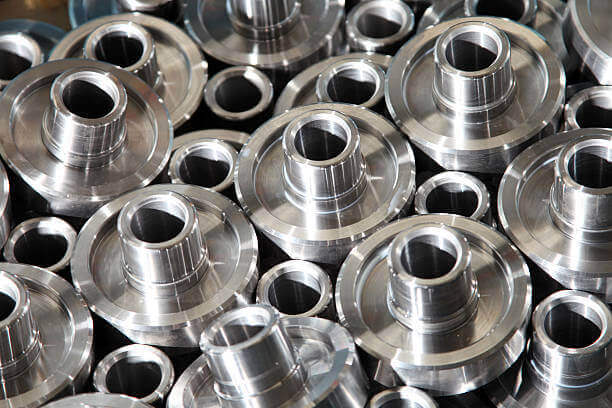
The material’s excellent corrosion resistance, high-temperature resistance, chemical compatibility, strength, and hygienic properties make it a preferred choice in a wide range of industries and applications.
Applications of 316 Stainless Steel:
- Marine Equipment: 316 stainless steel is widely used in the marine industry for various applications due to its exceptional corrosion resistance in saltwater environments. It is used in boat fittings, marine hardware, propeller shafts, and offshore structures.
- Chemical Processing: 316 stainless steel is well-suited for applications in chemical processing plants, where it is exposed to corrosive chemicals, acids, and high temperatures. It is used in storage tanks, pipelines, valves, and pumps.
- Food and Beverage Industry: The hygienic properties of 316 stainless steel make it suitable for the food and beverage industry. It is used in food processing equipment, breweries, wineries, and dairy processing plants. It ensures the safety and purity of food products and is resistant to corrosion from food acids.
- Pharmaceutical and Medical Equipment: 316 stainless steel is commonly used in the pharmaceutical and medical industries due to its biocompatibility and corrosion resistance. It is used for surgical instruments, implants, medical devices, and pharmaceutical manufacturing equipment.
- Heat Exchangers: The corrosion resistance and high-temperature stability of 316 stainless steel make it ideal for heat exchangers. It is used in various industries, including chemical processing, HVAC, power generation, and oil refineries.
- Architectural Applications: 316 stainless steel is utilized in architectural applications that require both aesthetic appeal and corrosion resistance. It is used for exterior cladding, handrails, decorative panels, and architectural accents.
- Automotive Industry: 316 stainless steel finds application in the automotive industry for exhaust systems, mufflers, and other components that require resistance to corrosion, heat, and vibrations.
- Petrochemical Industry: 316 stainless steel is used in the petrochemical industry for equipment and structures exposed to corrosive environments, such as oil and gas production facilities, refineries, and chemical plants.
- Aerospace Components: 316 stainless steel is used in the aerospace industry for structural components and fasteners that require high strength, corrosion resistance, and heat resistance.
- Laboratory Equipment: The chemical resistance and durability of 316 stainless steel make it suitable for laboratory equipment, including fume hoods, sinks, and work surfaces.
What is the conclusion of the difference between 18 8 vs 304, and 18-8 stainless steel vs 316 ?
Here’s a brief comparison in a form:
| Grade | Difference | Applications |
|---|---|---|
| 18-8 Stainless Steel | Refers to stainless steel with 18% chromium and 8% nickel content. It is interchangeable with 304 stainless steel. | Architecture, construction, food processing equipment, kitchen appliances, automotive components, chemical and petrochemical industry. |
| 304 Stainless Steel | Contains 18-20% chromium and 8-10.5% nickel. It is also known as 18-8 stainless steel. | Architecture, construction, food processing and storage, medical and pharmaceutical equipment, automotive components, kitchen appliances, water and wastewater treatment. |
| 316 Stainless Steel | Contains additional alloying element molybdenum, around 2-3%, which enhances its corrosion resistance, particularly in chloride-rich environments. | Marine equipment, chemical processing, food and beverage industry, pharmaceutical and medical equipment, heat exchangers, architectural applications, automotive components, petrochemical industry. |
In conclusion, the main difference between 18-8 stainless steel and 304 stainless steel lies in their composition.
18-8 stainless steel is a term used interchangeably with 304 stainless steel, referring to its nominal composition of 18% chromium and 8% nickel.
On the other hand, 316 stainless steel contains additional alloying elements such as molybdenum, which enhances its corrosion resistance properties.
When comparing 18-8 stainless steel (304) to 316 stainless steel, the key difference is their improved resistance to chloride corrosion.
While 18-8 stainless steel offers excellent corrosion resistance, it can still show signs of corrosion when exposed to chlorides like saltwater.
In contrast, 316 stainless steel, with its higher molybdenum content, provides superior resistance to chloride corrosion, making it ideal for marine applications and environments with high chloride exposure.
Another difference is their mechanical properties.
316 stainless steel has slightly higher tensile strength and yield strength compared to 18-8 stainless steel, making it stronger and more durable in certain applications.
In terms of cost, 18-8 stainless steel (304) is generally more affordable than 316 stainless steel due to the additional alloying elements present in 316 stainless steel.
Ultimately, the choice between 18-8 stainless steel and 304 stainless steel, or 18-8 stainless steel and 316 stainless steel, depends on the specific application and the level of corrosion resistance required.
18-8 stainless steel (304) is suitable for many general-purpose applications where moderate corrosion resistance is needed, while 316 stainless steel is preferred in more demanding environments, especially those exposed to chloride-rich conditions.
Topics of this article: 18 8 vs 316, 18-8 vs 304, 316 vs 304 Stainless Steel,18-8 Stainless Steel VS 316 Stainless Steel VS 304 Stainless Steel

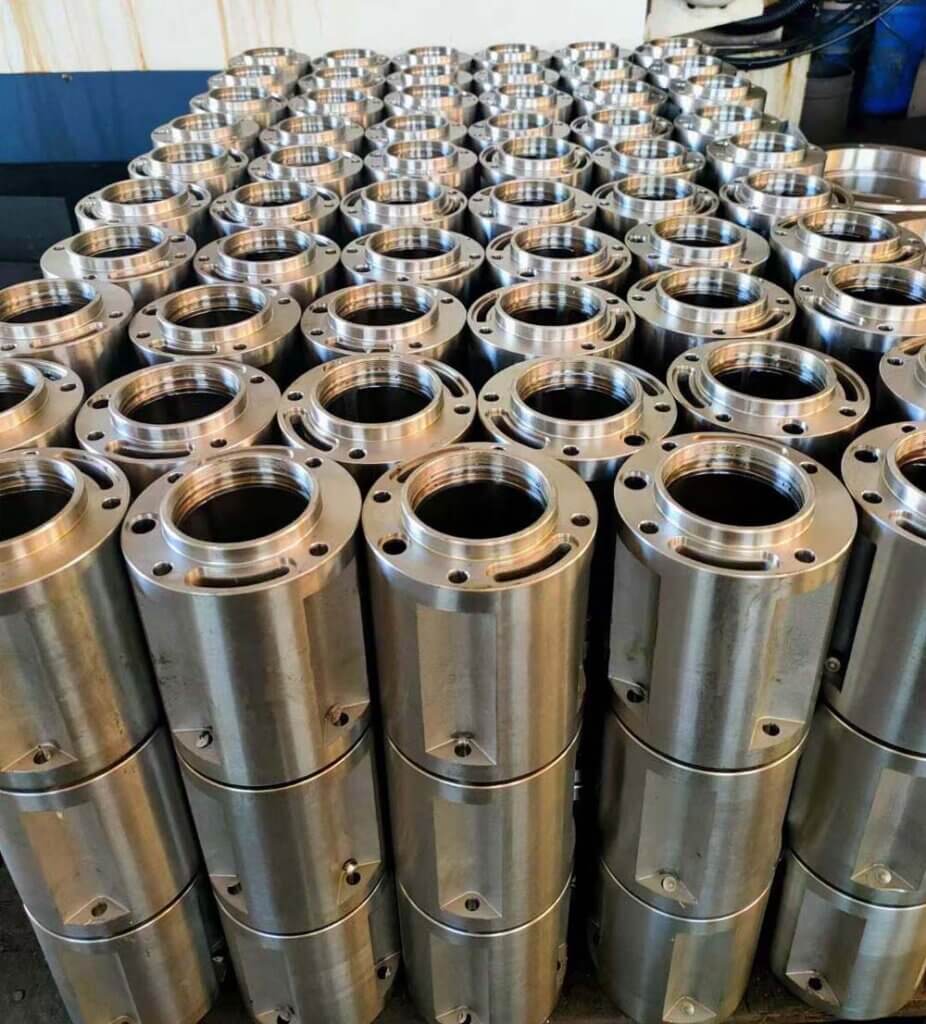 304 Grade Stainless Steel
304 Grade Stainless Steel Advantages and disadvantages of 304 Stainless Steel
Advantages and disadvantages of 304 Stainless Steel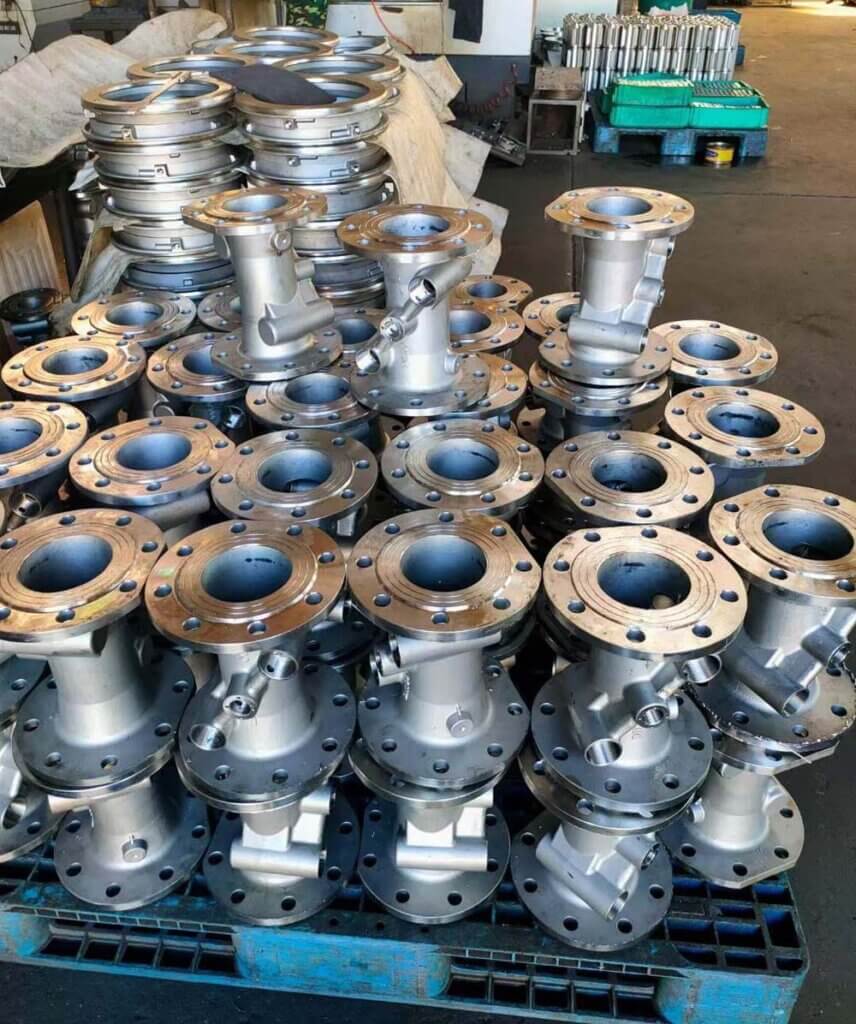 Applications of 304 Stainless Steel:
Applications of 304 Stainless Steel: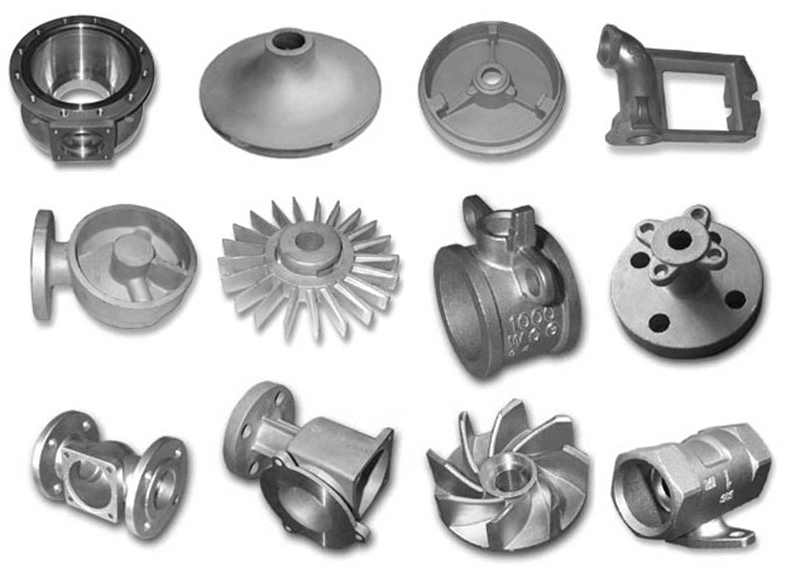 introduction of 316 stainless steel
introduction of 316 stainless steel